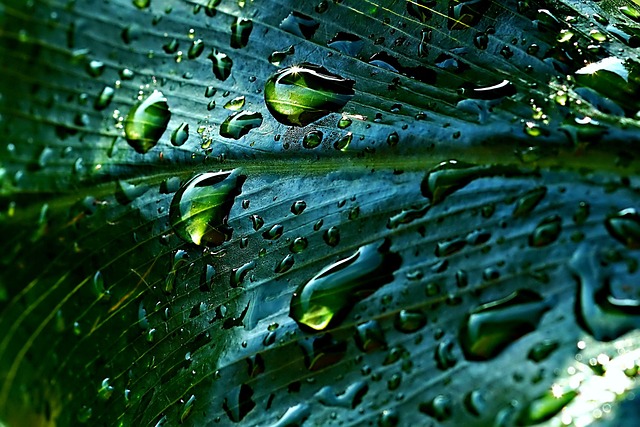In an era where climate change is no longer a distant threat but a pressing reality, communities are continually seeking innovative solutions to combat its effects. One such solution gaining traction is rainwater harvesting. This practice not only addresses the immediate challenges posed by extreme weather events but also serves as a sustainable approach to managing our precious water resources and enhancing environmental resilience.
Extreme weather has become a common occurrence, with droughts, floods, and prolonged heatwaves impacting ecosystems, agriculture, and human settlements. By harnessing the power of rainwater, communities can create a buffer against these unpredictable weather patterns. Rainwater harvesting involves collecting and storing rainwater for various uses, including irrigation, drinking, and other domestic purposes. This method reduces dependence on conventional water supply systems that can falter during extreme weather events.
Beyond just providing an alternative water source, rainwater harvesting plays a crucial role in alleviating the pressure on our environment. Traditional water management systems often lead to erosion and runoff, degrading local ecosystems and contributing to pollution. In contrast, capturing rainwater can reduce stormwater runoff, promoting groundwater recharge and maintaining the delicate balance of our natural habitats.
Moreover, as climate change prompts a shift in rainfall patterns, the importance of rainwater harvesting becomes even more pronounced. Regions experiencing increased rainfall variability can particularly benefit from this practice. By collecting rain during wetter periods, communities can ensure a more consistent water supply during dry spells, thereby enhancing their resilience to climate-related challenges.
Implementing rainwater harvesting systems is a multifaceted approach to preparing for future extreme weather events. These systems can be as simple as rain barrels for home gardens or more complex setups involving cisterns and filtration systems for urban areas. Regardless of the scale, the positive impact on local environments is undeniable. By reducing demand on water treatment facilities and conserving energy associated with water transport and processing, we take significant steps toward mitigating the environmental impacts of climate change.
Moreover, public awareness and educational campaigns about rainwater harvesting can enhance community engagement and collective action. When individuals understand the benefits and importance of capturing rainwater, they are more likely to adopt this practice, leading to a ripple effect of environmental stewardship. Communities can come together to share best practices, create local initiatives, and collaborate on larger projects designed to improve water security and ecological health.
As we look toward the future, it is imperative that we embrace innovative solutions like rainwater harvesting to navigate the challenges posed by extreme weather and climate change. By prioritizing sustainable practices that protect our environment and enhance our resilience, we can foster a more sustainable and secure world for generations to come. The time to act is now, and each drop of rain that we capture brings us one step closer to a more resilient and adaptive future.




